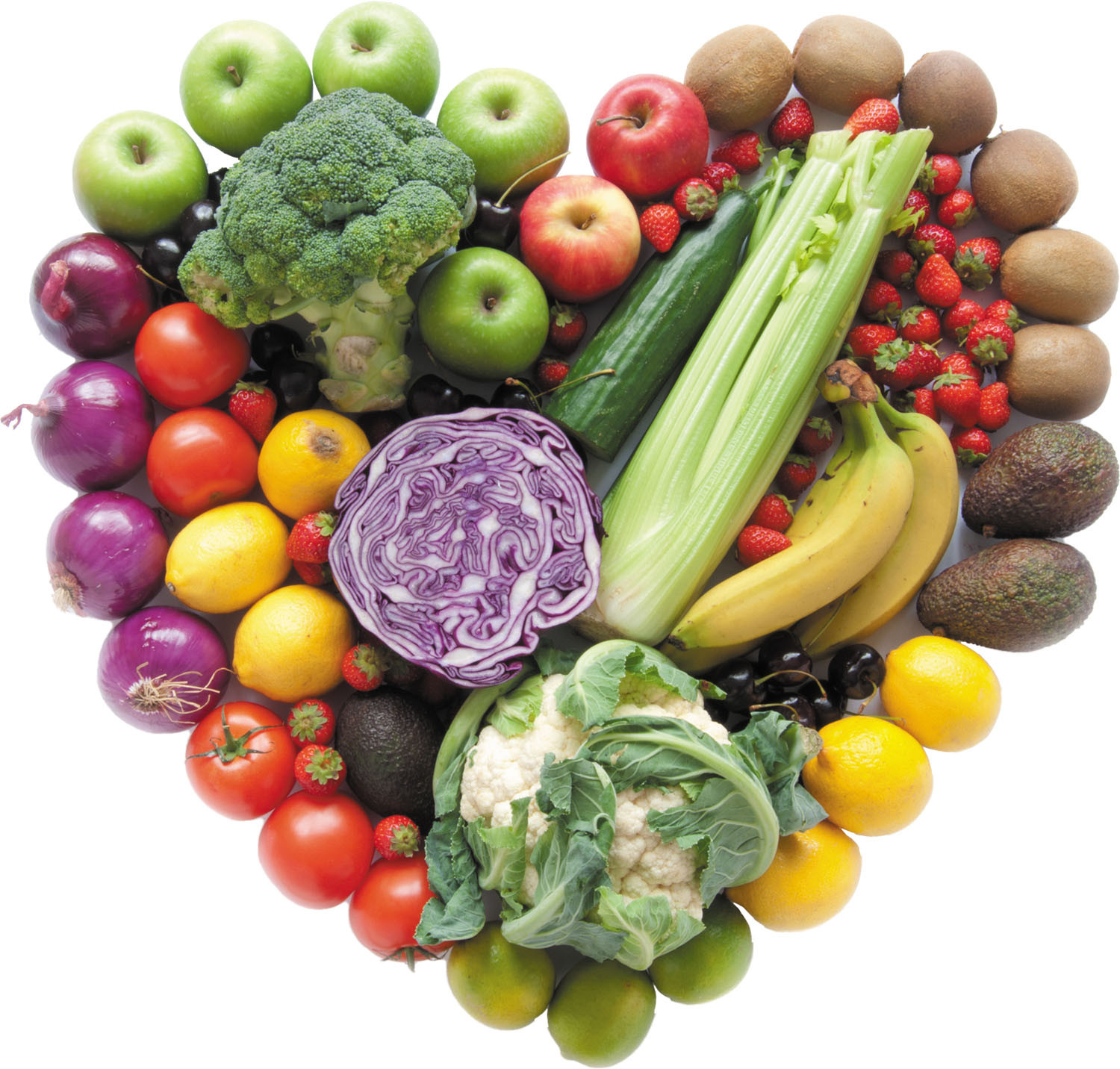Veve Vortex: Exploring the Latest Trends
Stay updated with the latest in news, tech, and lifestyle.
Dieting Dilemmas: Why Salad Isn’t Always the Answer
Discover the surprising reasons why salads might not be the ultimate diet solution. Unlock the truth behind dieting dilemmas today!
Salad Myths: Are They Sabotaging Your Diet Goals?
When it comes to healthy eating, salads often take center stage as a go-to choice for those aiming to lose weight or maintain a balanced diet. However, many people fall prey to common salad myths that can undermine their diet goals. For instance, the belief that all salads are inherently low-calorie can lead to misguided choices. Dressings, toppings like cheese, and added proteins can significantly increase calorie counts, often exceeding what you might have consumed in a sandwich or other meal. To make informed choices, always check the nutritional information or calculate your ingredients.
Another prevalent myth is that the more greens you pile onto your plate, the healthier your meal becomes. While leafy greens are indeed nutritious, loading up on high-calorie toppings such as croutons, nuts, or creamy dressings can negate the benefits. To optimize your salad for weight loss, consider opting for a variety of colorful vegetables, lean proteins, and using vinaigrette or lighter dressings in moderation. Remember, a balanced approach is key to achieving your diet goals without being misled by these common misconceptions.

The Hidden Calories in 'Healthy' Salads: What You Need to Know
When it comes to healthy eating, salads are often considered the ultimate choice. However, many people are unaware of the hidden calories lurking in these seemingly nutritious meals. Dressings, toppings, and portion sizes can significantly escalate the overall calorie count. For example, a simple Green Salad can quickly transform into a calorie bomb when topped with creamy dressings, croutons, and cheeses. To illustrate this point, consider the following common salad components:
- Ranch dressing: 145 calories per 2 tablespoons
- Fried chicken strips: 300 calories
- Candied nuts: 200 calories per ounce
To truly enjoy a healthy salad, it’s essential to be mindful of these hidden calories. Opting for lighter dressings, such as vinaigrettes made with olive oil or balsamic vinegar, can help keep calorie intake in check. Furthermore, portion control plays a crucial role in maintaining a balanced diet. As you build your salad, aim to incorporate a variety of vegetables while limiting high-calorie toppings. Remember, a salad is only as healthy as its ingredients – be aware of what you add to ensure it aligns with your dietary goals.
Is Salad the Ultimate Weight Loss Food or a Diet Trap?
The debate around whether salad is the ultimate weight loss food or merely a diet trap continues to gain traction among health enthusiasts. On one hand, salads are often packed with nutrient-dense ingredients such as leafy greens, vegetables, and healthy fats like avocados and nuts, which can contribute to a feeling of fullness and satisfaction. When prepared with whole food ingredients and minimal dressings, salads can indeed support weight loss goals by offering low-calorie yet filling meals that are rich in vitamins and minerals.
However, the reality is that not all salads are created equal. Many store-bought or restaurant versions can be calorie-dense due to added components like creamy dressings, fried toppings, and processed meats. This makes them a potential diet trap that can hinder weight loss efforts if one is not careful about ingredient choices. To truly harness the benefits of salad as a weight loss tool, individuals must be vigilant about what they include and consider their overall dietary habits, ensuring that salads remain a healthy choice rather than a hidden calorie bomb.